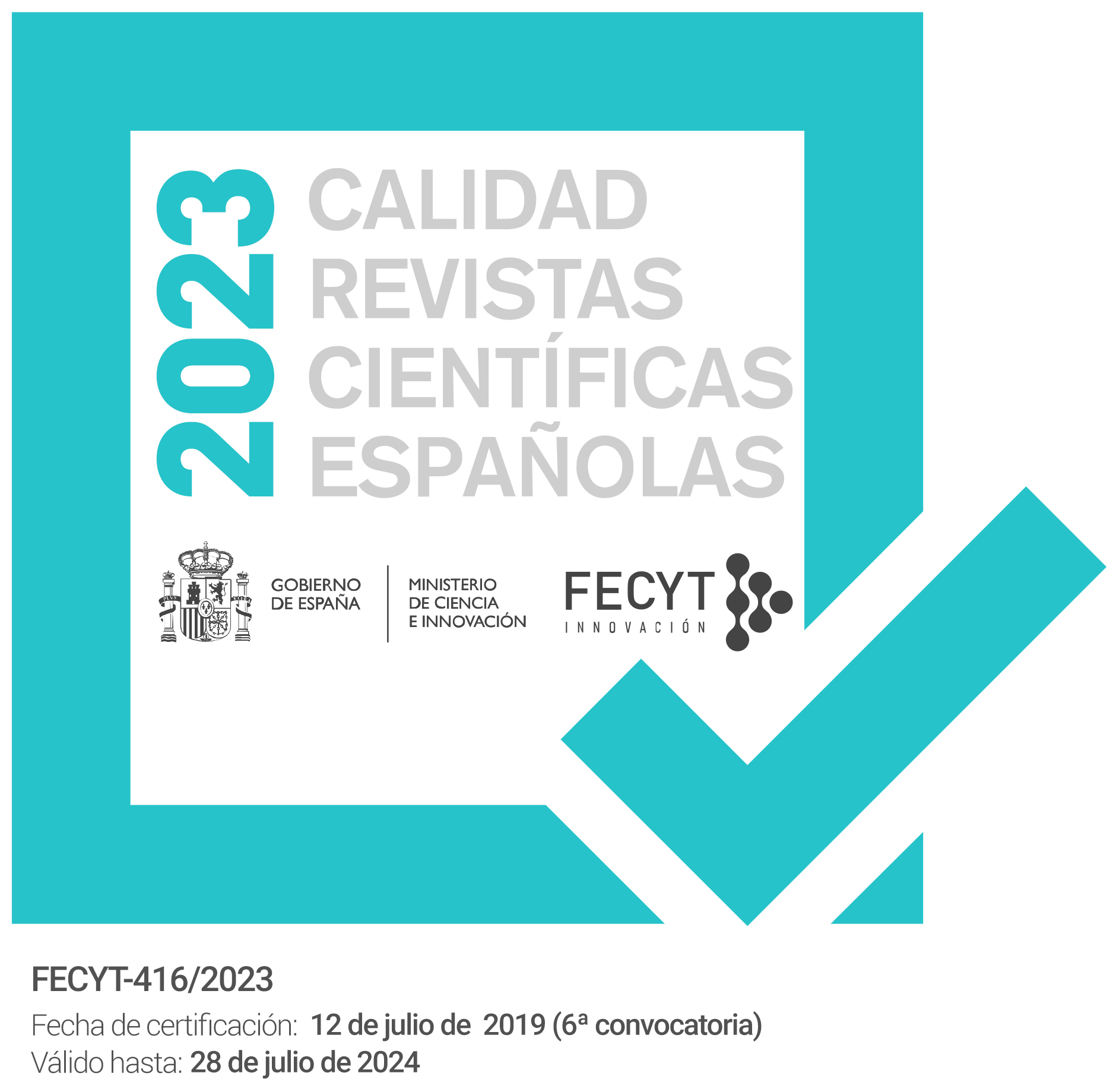El ataque de Van der Does: piedra de toque para una transformación económica de Gran Canaria
Keywords:
Gran Canaria, Van der Does, caña de azúcar, vino, cereal, corsarios, transformación económica, siglos XVI y XVII, sugar cane, wine, cereals, pirates, economic transformation, XVIth and XVIlth centuyAbstract
A finales del siglo XVI las Islas Canarias vivieron una transformación rcon6mica. La importancia de la caña de azúcar había sido constante a lo largo de todo el siglo XVI. No obstante, su peso había disminuido a filiales de esa centuria y entró claramente en crisis desde principios del siglo XVII. Esta transformación no se vivió por igual en todas las Islas, ya que en Tenerife esta se tradujo en una época de esplendor, mientras que en Gran Canaria fue lo contrario, entrando en una fase de estancamiento. Además, las islas se vieron afectadas por epidemias, sequías y ataques corsarios en el cambio de centuria. En este ambiente sobrevino el ataque de Van der Does a Las Palmas en 1599, lo que acentuó la transformación económica.
The Canary Island had an economic transformation at the end of the sixteenth century. The importance of sugar cane was constant throught the sixteenth century. However it was decreasing since the end of sixteenth century and it was short at start of seventeenth century. We can see like that seventeenth century is good for the economy in Tenerife, but in Gran Canaria is the opposite. This was so because there was change in the Canary production. So, the most important was the change in the vine and the cereal, in opposite to the sugar cane. The Canary Islands was affected by plagues, droughts and pirates too. So, the Van der Does's attack, in 1599, increased the economic transformation.
Downloads
Downloads
Issue
Section
License
The articles are open access distributed under the terms of the Creative Commons Attribution-NonCommercial-NoDerivatives (CC BY-NC-ND) Spain 4.0 license. Authors who publish in this journal agree with the following terms:
a) Authors retain the copyright and guarantee the journal the right to be the first publication of the work as well as licensed under a Creative Commons Attribution License that allows others to share the work with a recognition of the authorship of the work and the Initial publication in this magazine.
b) Authors may separately establish additional agreements for the non-exclusive distribution of the version of the work published in the journal (for example, place it in an institutional repository or publish it in a book), with recognition of its initial publication in this magazine.
c) Authors are allowed and encouraged to disseminate their work electronically (for example, in institutional repositories or on their own website) before and during the submission process, as it may result in productive exchanges, as well as a earliest and largest citation of published works (See The Effect of Open Access).



